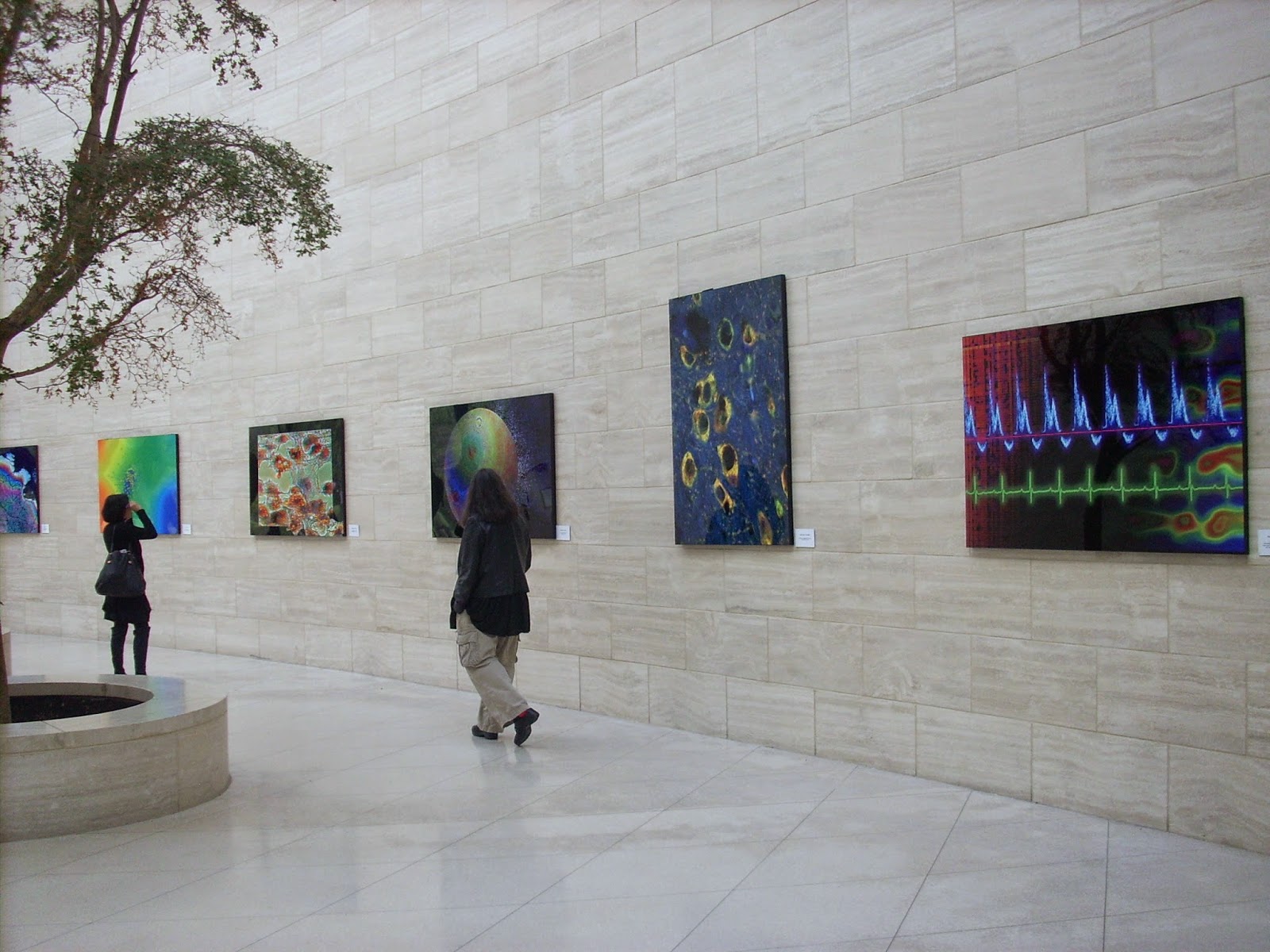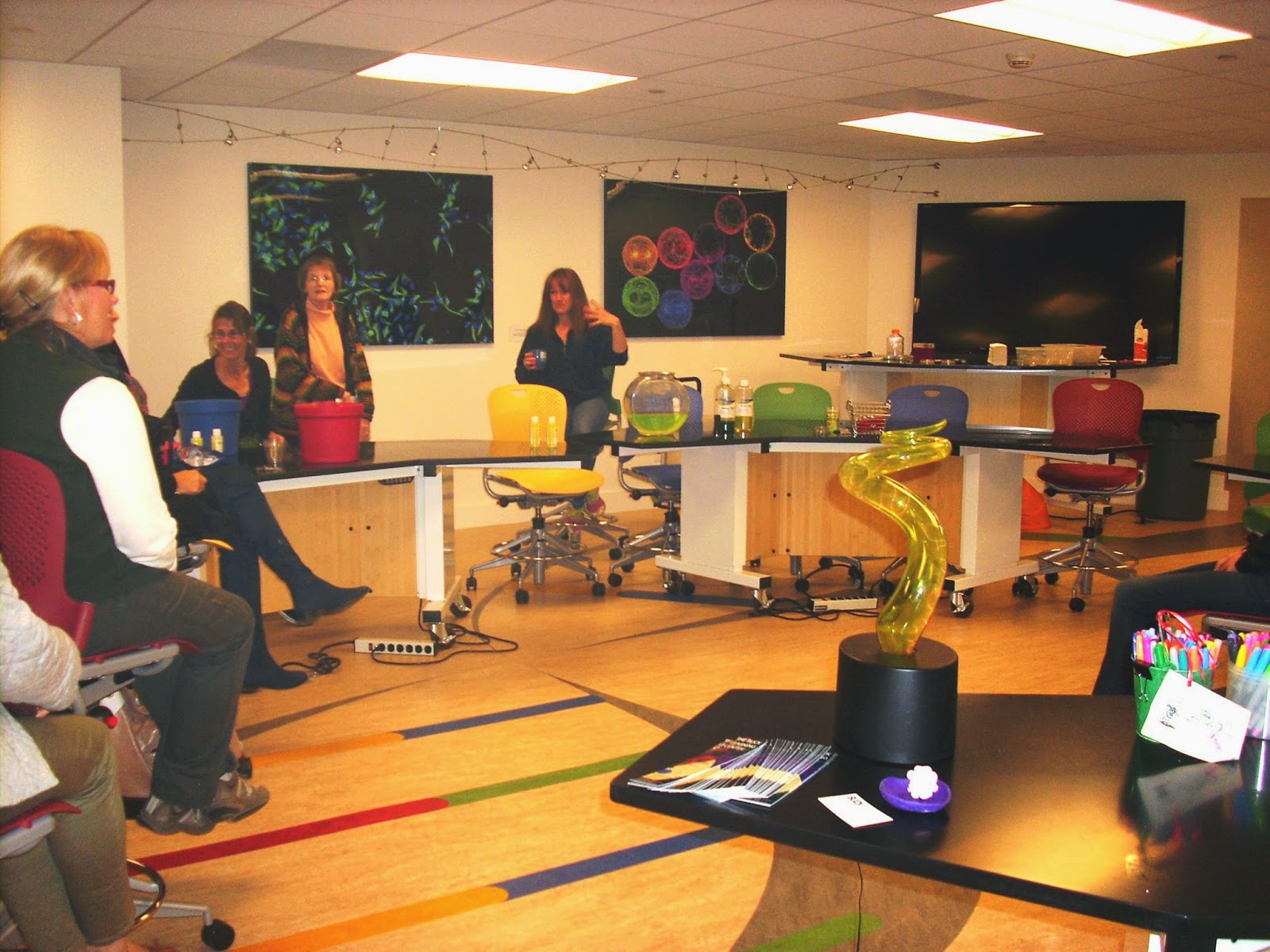According to Traditional Chinese Medicine and permaculture principles, one should live in harmony with the natural cycles of the
environment. Spring is the time for
growth, renewal and regeneration.
Following winter’s hibernation stage, it’s now time to get out of bed,
stretch and move!
Afia Walking Tree and soul
line dancing at Black Health & Healing Summit at SFSU
Transit Justice
One challenge of aging
is the loss of mobility due to chronic conditions, loss of a driver’s license,
safety or cost of transportation. Older
adults and persons with disabilities may feel stuck in their homes unless they
have access to safe and affordable transportation options. This
month I joined Senior & Disability
University for Transit Justice (Transito
Justo) advocacy training at Valencia Gardens , which was attended mostly by seniors from
nearby Centro Latino de San
Francisco Community Center
Senior & Disability Action's Pi Ra (aka PiRaTransit
when he worked for Paratransit Services) noted that San Francisco Silicon Valley clog Muni stops and drive up the price of
nearby housing. Long-time residents,
mostly seniors, have experienced a high rate of evictions and rent increases,
with the majority taking place within two blocks of the Apple/Google/Yahoo
shuttle stops. San Francisco
Community organizer from
POWER inspired us with 5 strategies that worked for Free Muni for Youth campaign: 1) build base by organizing at
and on bus and schools, 2) build
coalition, 3) develop champion
(Supervisor David Campos dedicated staff person), 4) build strong case with fact sheets, personal stories about problem,
and 5) build pressure against the
target at public events to get media attention.
He explained strategy to start small and gain something, so they started
with youth who have no money of their own. Free Muni for Youth pilot program that began
last year will be permanent.
Oops, I arrived too late for April 15 SF MTA (Municipal Transportation Agency)
HEARING ON FREE MUNI FOR SENIORS AND PEOPLE WITH DISABILITIES at City Hall,
and ended up drawn to SEIU Local 1021 demonstration outside City Hall over
economic inequality. Nurses, caregivers
and 911 dispatchers protested unsafe staffing levels. Without enough nursing staff, dementia patients
risk being tied in restraints to prevent falls or wandering.
City workers seek fair pay to live in the communities they serve, and
enough staffing to keep San Franciscans safe and healthy. They say ending the tax break for Twitter and
other tech companies in the mid-Market area would reduce the City’s deficit and
free up funds for staffing and pay.
Though I missed the MTA hearing, I learned that the hearing room was packed and the MTA Board decided to revisit funding Free Muni for Seniors and Disabled in January.
Walk SF Executive Director Nicole
Schneider and District 6 legislative aide Sunny Angula provided an overview of
City and community responsibilities (SF MTA, SF County Transportation Authority, SF Police Department, SF Board of Supervisors, Walk SF, California Walks, Pedestrian Safety Advisory Committee,
etc.); engineering, enforcement and education for pedestrian safety; Vision Zero plan to eliminate traffic deaths within a decade, which includes Walk First initiative
to improve safety at 170 high-collision corridors in the City. Top causes of collisions are speeding, red
light running, not yielding to pedestrians in crosswalk, unsafe turning, and
not coming to a complete stop at stop signs.
As of this month, 7 pedestrians have been killed in vehicle collisions
in San Francisco
Pi talked about lobbying
strategies: letter writing, phone calling, public speaking (at hearings,
rallies/demonstrations, community meetings), media (press conference, press
release), petition, events, and visiting public official (do prep work—know
issue, elected official, role-play presentation; and follow-up after
presentation).
Buck Institute: Science of Aging
Aging is a complex process
influenced by biological and psychosocial factors. I advocate for behavioral justice, or empowering
individuals with access to resources in their environment to support healthy behaviors and reduce
health disparities. This month, the
Brookings Institute released its study showing that life expectancy gap between
the rich and poor is growing in America,
with life expectancy gaining most among the rich who live longer. Millions of dollars have gone to San Francisco
Bay Area institutions for research to “stop the aging process” and potentially increase healthspan, but I wonder if everyone will benefit or
just the well-to-do who can afford cutting edge treatment?
Gerontologist
Hope Levy and I carpooled with my SFSU classmate Gabriela to visit Buck Institute for Research on Aging, which
offers free, docent-led tours to the public on Thursday mornings. Established in 1999 in Novato
(30 miles north of San Francisco
I want to extend help towards the problems of the
aged.--Beryl Hamilton
We
viewed Scientist as Artist exhibit
in semi-circle shaped atrium with fruitless olive trees in planters. Hope (at left) examines Chubby Angry Fat
Cells, by Regina Brunauer, PhD, who researches the regenerative potential of
adult stem cells from mice by staining fat tissue in red dye and cell nuclei in
purple dye. Gabriela (at right) stands
in front of Astronomy of a Cell, by Shona Mookerjee, PhD, who studies insulin-secreting
cells.
The
atrium skylight resembles I.M. Pei’s steel and glass pyramid at the Louvre.
Architect
I.M. Pei designed 5 structures, but only 3 have been built to date for 550
capacity. Buck campus sits atop a rock foundation sturdy for scientific instruments, and surrounding
land in deer-friendly natural state.
At
Buck Learning Center
Buck
staff kept referring to our gerontology group as the “UCSF group” so we had to
repeatedly correct them that we’re from SFSU Gerontology Program!
When
adults ask Julie about the latest scientific cures for diseases, she explains that science is more
about making connections and building information as illustrated in this poster, Systems Biology of Human Aging, from http://legendarypharma.com/chartbg.html.
Art of Aging Gracefully: Heart Advice
This month’s JCCSF’s Art
of Aging Gracefully featured speakers who were all women with topics on Sexual
Health and Aging Woman, How to NOT Have a Heart Attack, Sleep in a Society that
Never Sleeps, and Evidence-Based Look at Popular Dietary Supplements.
Anne Thorson, MD from UCSF Center
- Total cholesterol < 200 mg/dL
- Blood pressure < 120/<80 mm Hg,
untreated
- Fasting blood sugar < 100 mg/dL, untreated
- Body mass index < 25 kg/m2
- Abstinence from smoking (never or quit > 12
months)
- Physical activity at goal
- DASH (Dietary Approach to Stop Hypertension)-like diet (or Mediterranean diet)
On Lok: Experience Matters in Senior Care
Joined Hope Levy’s Encore
Adventures for field trip to On Lok Lifeways Rose Center,
with On Lok shuttle service arranged by Daniel Frias-Vidal so we could
experience what it’s like to be an adult day healthcare client for a day.
Our group participated in
Fit & Fun exercise led by a recreational therapist. We also toured the physical therapy room, medical
clinic (on-site optometrist, doctor, dentist, podiatrist, etc.), swimming pool with
jet massage, laundry room, kitchen (“largest woks outside of Chinatown ”),
SRO housing and garden. To respect
client privacy, I was not allowed to take photos showing client faces, which
was challenging so not many photos taken.
We enjoyed Asian lunch
of almond jelly, white rice, baked chicken, bok choy, tea and cranberry juice. Though federal nutrition standards provide
for at least half whole grains, older adults may have a harder time digesting
brown rice (chewed by the mouthful 200 times by Macrobiotic
practitioners)
and heavy metals (arsenic, cadmium, mercury) tend to accumulate in bran and
husk, which are polished off in processing white rice. After lunch, there was a slide presentation on Italy, which I missed because I had to leave for another appointment.
LGBT Aging
Sigma Phi Omega, our gerontology honor society, hosted LGBT Aging talks by graduate Loren Meissner and Professor Brian de
Vries.
Loren presented
his study on HIV and Aging
Professor Brian presented on LGBT Aging Challenges and Strengths, discussing stigma and discrimination, minority stress, strength and resilience (positive marginality). When Professor Brian
talked about LGBT seniors asking “who will care for me?” in the absence of a spouse or children, I thought this was universal to
never-married, childless seniors —a growing demographic, especially since personal finances (including maintaining rent-controlled housing) may be a factor in the decision to remain single. As an
introvert, I know I don’t want care in an institution so I looked at John Lam,
On Lok Enrollment and Outreach Specialist, and said out loud, “On Lok will care
for me!” if I can afford its private pay
rate of $5,400 per month, or impoverish myself by remaining in school while working part-time at a non-profit to qualify for Medi-Cal?
SFSU Graduate Showcase
As part of our culminating
experience, 25 classmates and I participated in SFSU Graduate Showcase
presenting posters summarizing our research papers. My subject, Chronic Disease Self-Management
Program (CDSMP) and Behavioral Justice, was based on applying a systems
approach to my work organizing CDSMP workshops. My 123-word abstract:
As
an intervention to provide older adults with the tools to remain independent
and “age in place,” the U.S. Administration on Aging funded the nationwide
delivery of the evidence-based Chronic Disease Self-Management Program
(CDSMP). CDSMP is based on self-efficacy
theory, which assumes people have individual responsibility and control over
how they manage their health. Behavior
and the environment have a greater impact on health than genetics and medical
care, yet low-income persons may not have access
to resources in their environment to engage in health-promoting behaviors. This paper explores the need to connect
low-income participants in CDSMP with access
to community resources to support their weekly action plans, based on a
behavioral justice model for health promotion, aimed at potentially reducing
health disparities.
My text-rich poster and I stood at
the edge next to Gerontology, Engineering and Public Health so I could easily slip away to visit other posters. I believe the permaculture principle, “Use edges and value the marginal:
The interface between things is where the most interesting events take
place. These are often the most
valuable, diverse and productive elements in the system.” I was commonly asked, “What is gerontology?” and
I thought how the gerontology poster topics made aging seem like a host of
problems: chronic disease self-management & behavioral justice
(from yours truly), dementia, crisis of type 2 diabetes, elder abuse, problem
gambling, medication adherence with major depressive disorder, reducing
antipsychotic drugs in nursing home residents, sex in long-term care, etc. Then I remembered the philosophy of
permaculture: “The problem is the solution.” I love systems thinking
Smiling
classmates Maryann and Brittany
In my paper, I acknowledge Edna who first told me about adapting CDSMP for cultural relevancy; Kay Strawder and Sheila James of San Francisco Office on Women’s Health for hosting Women’s Health Leadership Institute training last summer that led to my partnering with Aging & Disability Resource Center (Lolita Kintanar) for my Community Action Project; San Francisco Department of Aging & Adult Services and Administration for Community Living (ACL) for funding this invaluable work. I was happy that Edna and my ACL internship mentors came to Showcase!
ACL Aging Services Program Specialist Anna Cwirko-Godycki and Legacy Film Festival on Aging Executive Director
Sheila Malkind. SFSU Professor Darlene Yee chats with my ACL internship preceptor Darrick Lam.
Gerontology dining table: note two men in our graduating class of 2014!
Professor Brian is a
raffle winner!
Careers in Aging



























